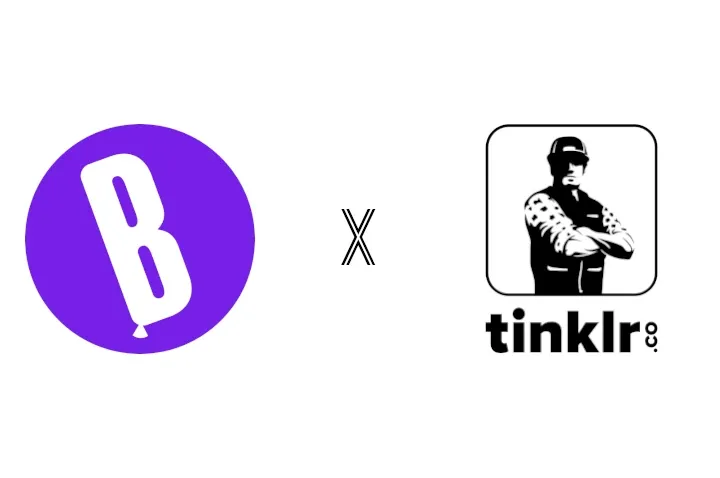Why Should I Buy From You?
Your value proposition should convey the unique value that your business offers and why customers should choose to do business with you over your competitors.

Knowing how to clearly communicate your value proposition is essential for success in any industry.
With our guide, you'll soon have a clear understanding of how to attract and retain customers through a strong business offering. Let's begin!
The target customer: who the product or service is intended for.
The first step in clearly identifying your value proposition is determining which customers are the actual or potential recipients of whatever product or service you are offering. This involves answering the following questions: Who do I wish to target with my product or service? Who is likely to benefit from it? Who will find it most useful?
This can be broken down further into more specialized inquiries, such as: What characteristics does my target customer possess? Where do they live? What kind of lifestyle do they lead? What are their daily habits and interests? Are there any existing trends that may influence the way in which they view my product or service?
Once you understand who your target customer is, you'll be able to create a marketing strategy that appeals specifically to them, making your value proposition clear. This could involve focusing on specific user experience elements such as convenience, pricing and support services, customizing advertising messages for different segments of users based on demographic factors, or even providing unique offers in order to better attract specific customer types. With a well-defined customer base, it's easier to craft content that resonates with the right people at the right time — creating segments of customers who trust you and keep coming back for more.
The customer's needs or pain points: what problem the product or service solves or what benefits it provides.
Before a customer opts for a particular product or service, they want to know what’s in it for them and how it will accommodate their individual needs. Therefore, it is important to begin your value proposition by understanding and articulating the customer’s problem areas and pain points.
The best value propositions are built around the understanding and articulation of customer's problems by offering solutions that fit their individual needs. As part of this process, you should identify the main benefit that accompanies your solution that will make it attractive to customers—this is referred to as “the USP” (unique selling point) or “the key benefit” (ask yourself: How will this product make people's lives easier?). Knowing what essentially makes your product stand out among other offerings on the market gives you an advantage—you can then emphasize this key benefit when crafting your value proposition.
You can also ask yourself what logistical aspects might attract potential customers—such as delivery speed, convenience, packaging, cost savings, efficiency, improved quality, more options for customization and personalization, greater control over services, ease of use and setup, minimal maintenance requirements or new capabilities that previously weren’t available from an existing alternative solutions provider etc. In addition to the tangible benefits of using the product or service—the tangible outcomes and results—the company should also include intangibles such as improved customer satisfaction and recognition, community involvement and added status in owning a certain brand name associated with a given offering.
By knowing just what aspects of the market you can capitalize on and how your product serves unique issues faced by customers gives insight into how you might approach them in order to convince them of its value.
The unique selling proposition (USP): what makes the product or service different from its competitors.
When creating a unique selling proposition (USP) for your business, it’s important to ensure that the message is consistent, memorable and easy to understand.
A USP is a concise way for businesses to clearly communicate the value and benefits of their offering. It should be differentiated from competitors, as well as being relevant and targeted towards the desired customer audience. It can also provide direction on what elements should be included in branding and advertising campaigns, in order to effectively reach the target audience.
Benefits of having a distinct USP include an improved understanding of what sets your business apart from its competitors; an effective way to communicate key points of differentiation; allowing you to present a clear image of your offering; and enabling you to stand out from the competition by making a distinct statement about what sets your business apart in terms of product/service offerings, prices and features.
Finally, when it comes to online marketing and your ad copy, convincing messages filled with relevant details help potential users understand what they are getting out of an offering while explaining why they should care about its features or attributes in relation to current alternatives available on the market.
In an nutshell, to create an effective USP for your business, consider the following:
- Identify your core customer: who are they? What do they need/want? Why should they choose your product or service?
- Describe how you are uniquely different from other similar offerings available on the market – this could include technical specifications, specific functions or cost savings
- Highlight any special features or benefits that distinguish your product/service from others
- Don’t be afraid to use positive language such as ‘best’ or ‘most advanced’ where appropriate
- Make sure the words used in creating a USP are simple, concise and catchy so that customers remember it quickly once read





